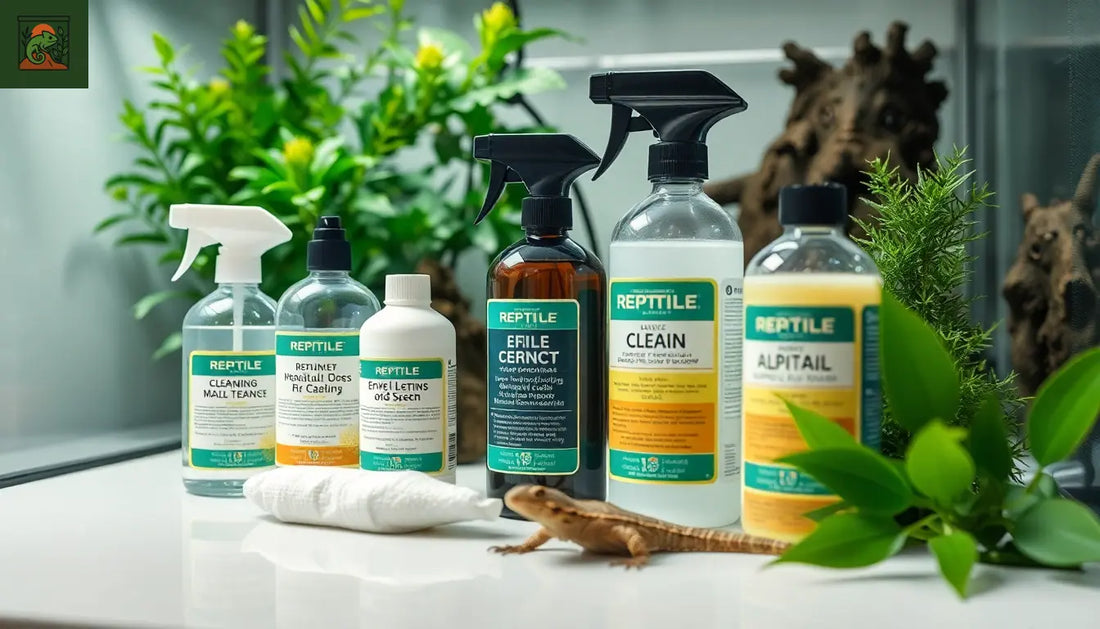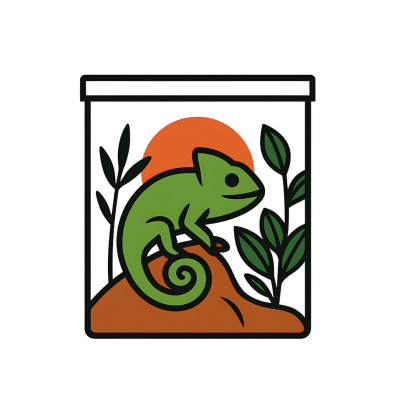
How to properly maintain a terrarium
Dreaming of a little piece of nature at home to welcome your favorite reptiles? Let us guide you through creating a custom terrarium, a miniature ecosystem where your pets will feel right at home!
Choosing the right terrarium
Choosing a terrarium is the first crucial step in providing your reptiles with a healthy and thriving environment. Depending on the species, size, and needs of your pet, different models are available. At LeTerrarium, our team of experts will advise you on finding the ideal terrarium.
Glass or plastic terrarium?
Glass terrariums are often preferred for their aesthetic appeal and ease of maintenance. Being transparent, they allow you to admire your animals while faithfully recreating their natural habitat. Plastic models, on the other hand, are lighter and easier to move. They are ideal for burrowing reptiles that enjoy more confined spaces.
What size should I choose?
The size of your terrarium depends on the species of your reptile. As a general rule, plan for a minimum volume of 30 liters for an adult lizard or snake. For larger specimens like iguanas or pythons, opt for a more spacious model of at least 100 liters. Your pet should be able to move around freely without feeling cramped.
Essential accessories
Once you've chosen your terrarium, equip it with the essential accessories to recreate optimal living conditions for your pet. The lighting system, heating, and humidity must be carefully adjusted. Then add hiding places, branches, and vegetation to provide your reptile with a stimulating and secure environment.
Developing a natural ecosystem
Transforming your terrarium into a miniature ecosystem is key to your reptiles' well-being. With a few tips, you can create a custom habitat that faithfully replicates their natural environment.
Substrate and decoration
The substrate is the foundation of your terrarium. Choose a species-appropriate bedding, whether made from coconut fiber, peat, or sand. Then add decorative elements like branches, stones, or moss to recreate a natural environment.
Plants and hiding places
Vegetation plays an essential role in the terrarium. Choose perennial plants that are hardy and non-toxic to your reptiles. They will provide shade, humidity, and welcome hiding places. Also consider installing shelters, hollow logs, or stone hides for your pet to take refuge in.
Temperature and humidity
Each reptile species has specific temperature and humidity requirements. Equip your terrarium with a heating and misting system to maintain the right conditions. Follow our team of experts' recommendations to find the right setting.
Maintaining your terrarium on a daily basis
Regular maintenance of your terrarium is essential to ensure the health and well-being of your reptiles. Here are our tips for easy and effective maintenance.
Cleaning and hygiene
Perform a thorough cleaning of your terrarium once a month. Remove waste, replace soiled substrate, and thoroughly disinfect the walls and accessories. Also, be sure to regularly change the water in the containers.
Monitoring and adjustments
Carefully observe your reptile's behavior and environmental parameters. If you notice any changes, don't hesitate to adjust the temperature, humidity, or add new decorative elements. Your pet's health depends on it.
Adapted diet
Feed your reptile live prey or foods specifically formulated for its species. Follow the recommended feeding frequency and quantities to avoid obesity or deficiency problems.
With these tips, you're now ready to create a custom terrarium—a true haven of peace for your favorite reptiles! Don't hesitate to contact us with any questions; our team of experts is here to guide you.


